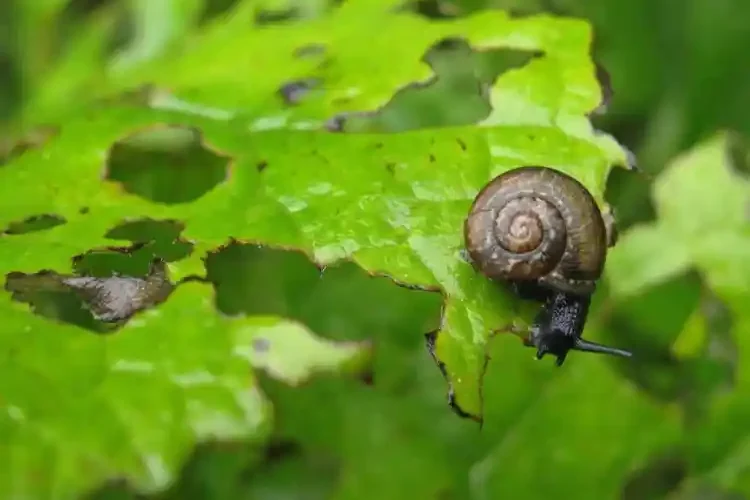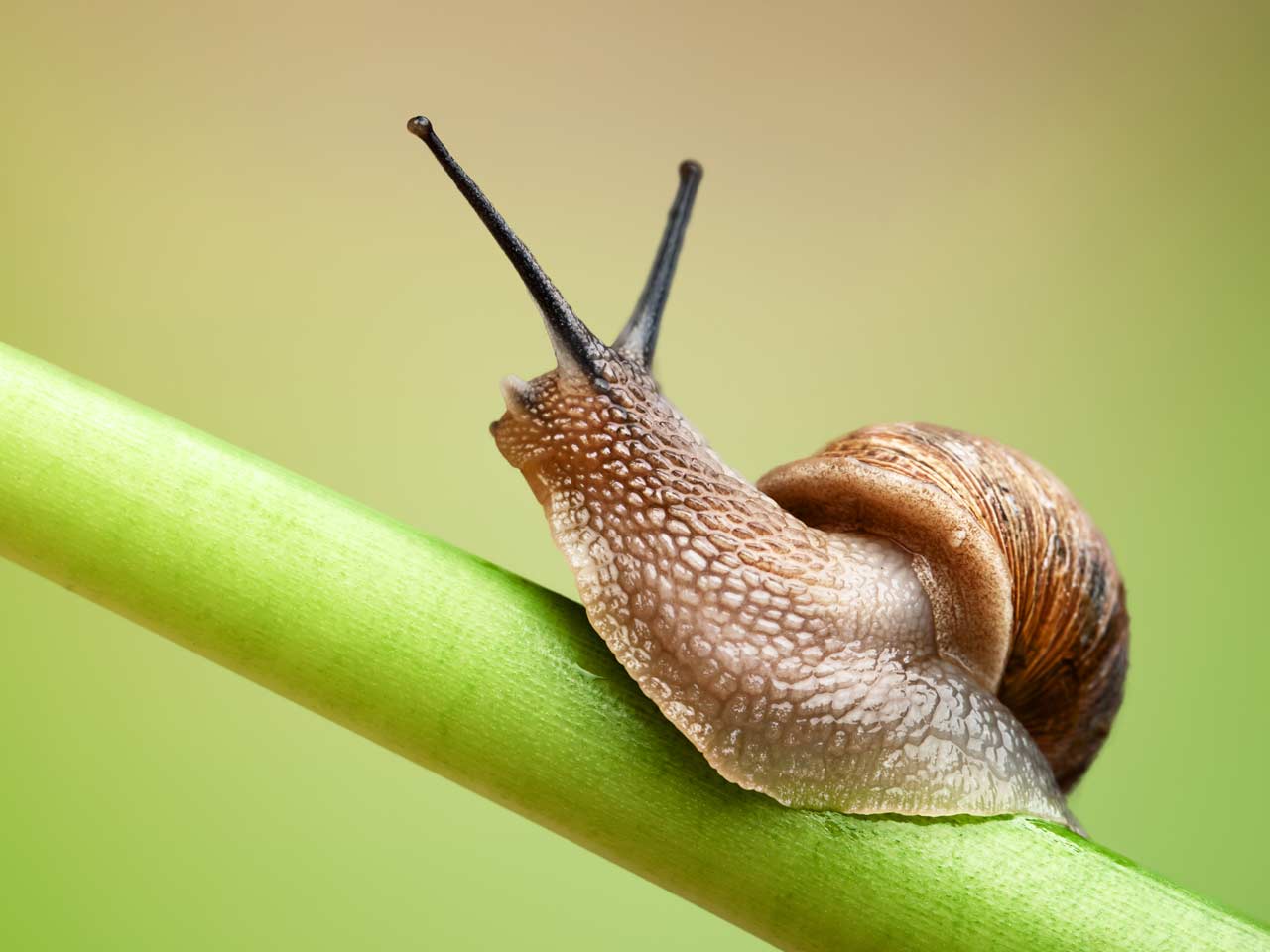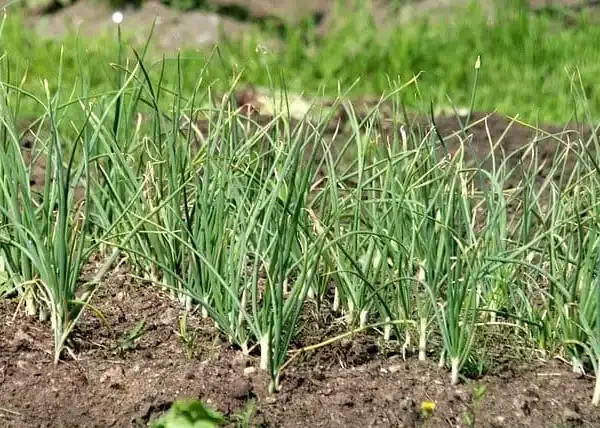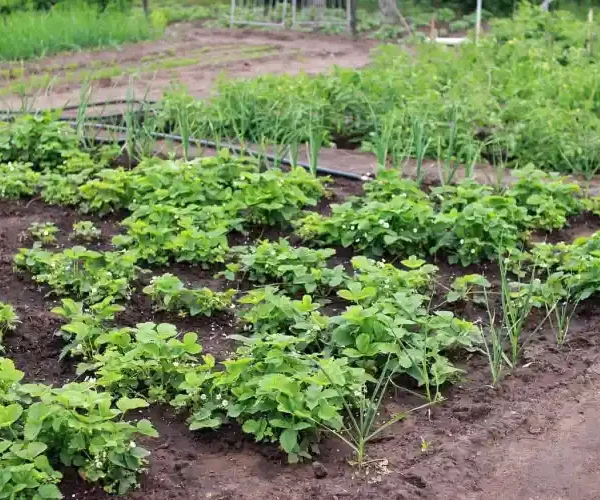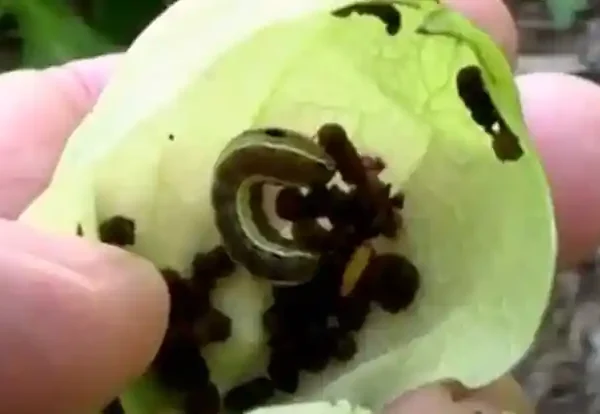Introduction
Snails and slugs are common garden pests that can cause damage to plants, vegetables, and flowers. While they may appear similar at first glance, understanding the differences between snails and slugs is crucial for effective pest management in the garden. In this expert guide, we’ll explore the characteristics, behavior, and control methods for snails and slugs, drawing on insights from government agencies, horticultural bodies, and academic experts.
Differentiating Snails and Slugs
Snails
Snails are mollusks with a spiral shell on their back, which serves as a protective covering. They move by gliding along a trail of slime produced by a specialized gland. Snails are primarily active at night or during damp, overcast conditions. They feed on a variety of plant material, leaving behind characteristic chewed edges on leaves.
Slugs
Slugs are also mollusks but lack a shell, making them more streamlined in appearance compared to snails. They move by secreting mucus, allowing them to glide smoothly across surfaces. Slugs are nocturnal and thrive in moist environments, often hiding in dark, damp places during the day. Like snails, slugs feed on plants, causing similar damage to leaves and stems.
Damage Caused by Snails and Slugs
Both snails and slugs can cause significant damage to garden plants, especially young seedlings and tender foliage. They feed by scraping away the surface of leaves, resulting in ragged edges and holes. In severe infestations, snails and slugs can decimate entire crops, leading to reduced yields and aesthetic damage to ornamental plants.
Preventing and Controlling Snails and Slugs
Cultural Controls
Maintain a clean and tidy garden by removing debris, leaf litter, and hiding places where snails and slugs may shelter during the day.
Avoid overwatering, as moist soil provides an ideal habitat for snails and slugs. Use drip irrigation or water plants in the morning to allow the soil surface to dry during the day.
Natural Predators
Encourage natural predators of snails and slugs, such as ground beetles, birds, frogs, and toads, by providing habitat features like log piles, rockeries, and ponds.
Introduce beneficial nematodes or microscopic roundworms that parasitize and kill snails and slugs without harming other garden organisms.
Barriers and Traps
Create physical barriers around susceptible plants using copper tape, diatomaceous earth, or crushed eggshells, as these materials can deter snails and slugs from crossing.
Set up beer traps by burying containers filled with beer near affected plants, as snails and slugs are attracted to the scent and will drown in the liquid.
Conclusion
Understanding the differences between snails and slugs, their behavior, and control methods is essential for effective pest management in the garden. By implementing preventive measures, encouraging natural predators, and employing targeted control strategies, gardeners can minimize the damage caused by these common garden pests and maintain healthy, thriving plants.
- Rhode Island’s Favorite THC Infused Beverages - June 5, 2025
- THC Soda and Drink Options in Idaho - May 28, 2025
- Ohio’s Go-To THC Infused Beverages - May 28, 2025

